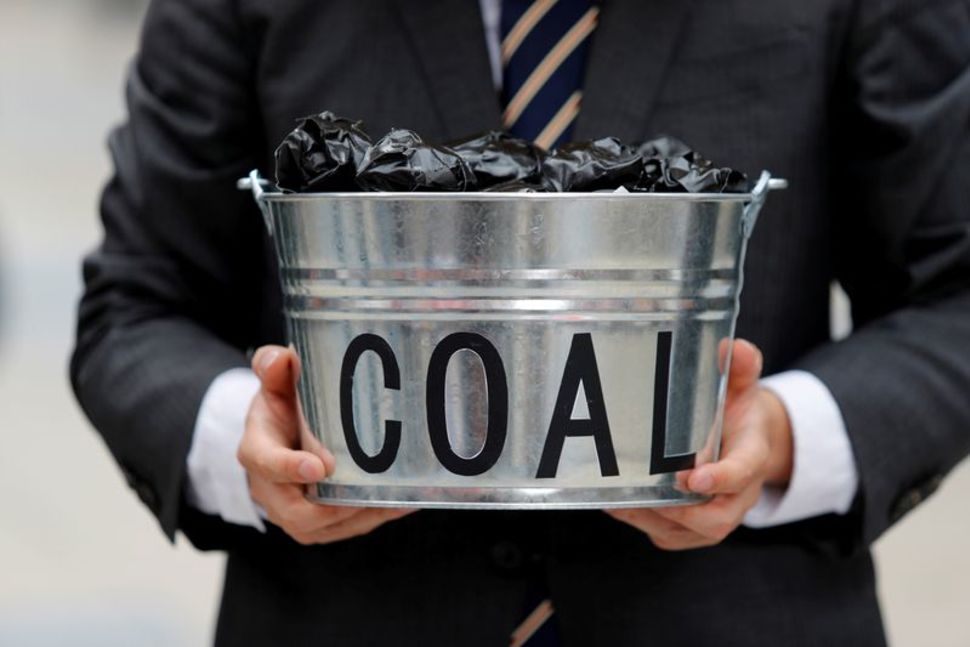The G-7’s plan to combat climate change, explained

A few minutes every morning is all you need.
Stay up to date on the world's Headlines and Human Stories. It's fun, it's factual, it's fluff-free.
Climate change has been a top priority for the G-7 and member states pledged to reach net-zero emissions by 2050.
- This year’s G-7 (Group of Seven) summit, which was held from June 11 to June 13, primarily focused on the COVID-19 pandemic and the issue of climate change. The G-7 consists of Canada, France, Japan, the United States and the United Kingdom.
- Climate change has been a top priority for the G-7 and member states pledged to reach net-zero emissions by 2050.
- The seven leaders also pledged to impose taxes on carbon emissions, phase out coal power plants and invest in “green financing,” which basically means that they committed to giving developing countries the financial help they need to help them fight climate change.
What causes climate change and why does it matter?
- According to NASA, climate change is defined as “a long-term change in the average weather patterns that have come to define Earth’s local, regional and global climates.”
- Experts have found that since the beginning of the 20th century, climate change has been mainly caused by human activities, such as the burning of fossil fuels.
- In September of 2020, a Climate Clock was installed in New York City. At the time of writing, the clock indicates that there are six years and 194 days left given current emissions trends before the global temperature increases by more than 1.5℃.
How do G-7 leaders plan to combat climate change?
- This year, the members of the G-7 (which in combination contribute to around a quarter of the world’s pollution) came together to pledge that they would cut their emissions by 2030.
- The members also promised to stop funding overseas coal but didn’t rule out exploiting new fossil fuel resources.
- Members of the G-7 also agreed to support Biden’s Build Back Better World (B3W) infrastructure plan, which states that “The investments will be made in a manner consistent with achieving the goals of the Paris Climate Agreement.”
- This November, the UK will also host the Conference of the Parties (COP26), a meeting that is essentially designed to try to push countries toward their climate goals.
How did Trump address climate change at previous G-7 meetings?
- Former US President Donald Trump was opposed to most agreements created during G-7 meetings and emphasized his own “America First” policy.
- As president, Trump repeatedly denied climate change, calling it a “Chinese hoax” and announcing in 2017 that the US would withdraw from the Paris Climate Accord.
- Biden was received much better by his G-7 counterparts, with British Prime Minister Boris Johnson calling him a “breath of fresh air,” German Chancellor Angela Merkel saying he had “new momentum” and French President Emmanuel Macron stating that Biden was much more “willing to cooperate.”
How have previous climate pledges gone?
- In 2009, members of the G-7 pledged US$100 billion annually to help poorer countries cut carbon emissions by 2020, but the target wasn’t met.
- Most of the money that was delivered to these poorer nations came in the form of loans, not grants, which put additional burdens on the economies of these poorer, already debt-ridden countries.
What were the responses to the G-7’s plan to combat climate change?
- While climate change isn’t generally a focus point of G-7 summit meetings, it was this year. Still, that didn’t seem to impress environmental activists.
- Greta Thunberg, a prominent environmental activist said on Twitter that, “The climate and ecological crisis is rapidly escalating … This calls for steak-and-lobster-BBQ-celebration while jet planes perform aerobatics in the sky above the G-7 resort!”
- This year, fewer than half of G-7 members made concrete finance pledges.
- Many poorer countries already have mounting debt which has only gotten worse because of COVID-19. On top of this, these countries already have weaker infrastructure and no way of investing in clean-energy.
Have a tip or story? Get in touch with our reporters at tips@themilsource.com




Comments ()